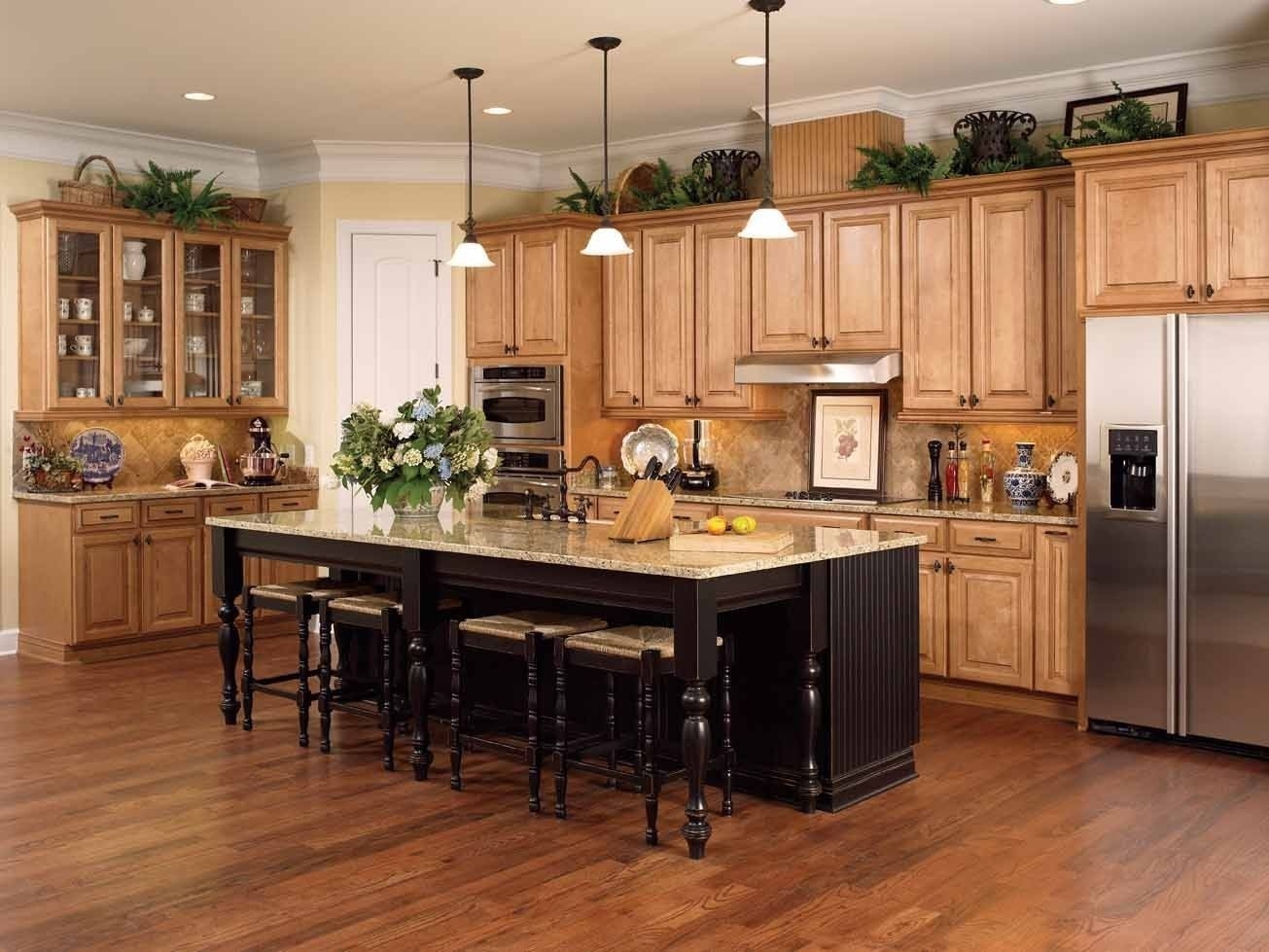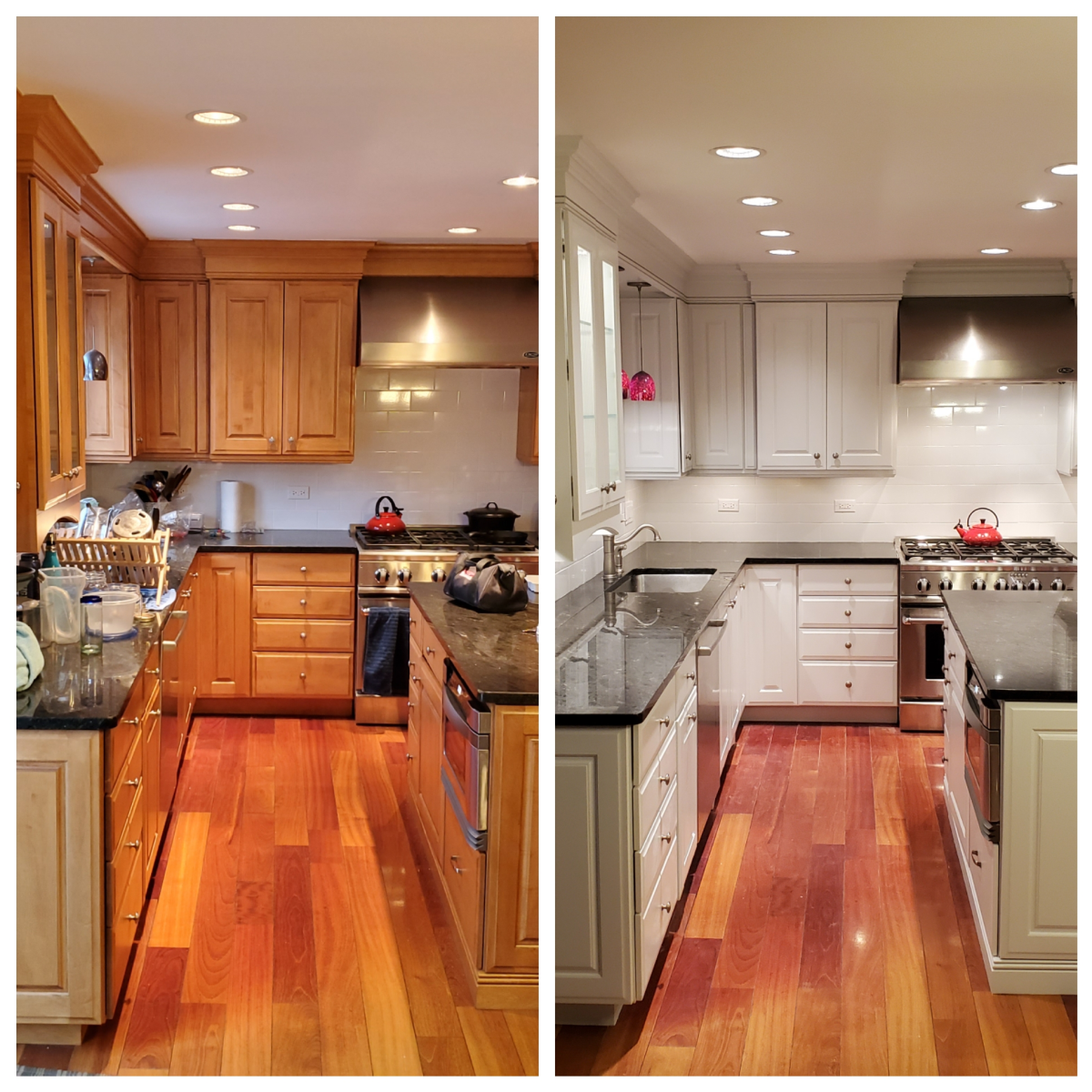Wood Characteristics and Suitability for Painting

Poplar and maple are popular choices for cabinet construction, offering a balance of affordability and aesthetic appeal. However, their distinct characteristics impact their suitability for painting. Understanding these differences is crucial for achieving a flawless finish.
Grain Patterns
The grain patterns of poplar and maple significantly influence the visual impact of the painted surface.
- Poplar has a relatively straight grain with minimal figure, making it a good choice for a smooth, uniform painted finish.
- Maple, on the other hand, features a more pronounced, often curly or bird’s-eye grain, which can be visually appealing but may require additional sanding and priming to achieve a consistent painted surface.
Porosity and Paint Adhesion
The porosity of wood influences how well paint adheres to the surface.
- Poplar is generally considered a less porous wood, making it easier for paint to adhere and create a smooth, even finish.
- Maple, being more porous, requires careful preparation to ensure paint adhesion.
Color Variations, Poplar or maple for painted cabinets
The natural color variations of poplar and maple can impact the final painted finish.
- Poplar tends to have a pale, creamy white color, which can sometimes result in a slightly yellowed appearance after painting, especially with lighter paint colors.
- Maple, known for its warm, creamy white to pale brown tones, can show through certain paint colors, particularly lighter shades, requiring multiple coats for optimal coverage.
Surface Preparation
Proper surface preparation is crucial for achieving a professional-looking painted finish on both poplar and maple cabinets.
- Start by sanding the wood with progressively finer grits of sandpaper, removing any imperfections and creating a smooth surface.
- Priming the wood before painting is essential to create a barrier between the wood and the paint, improving adhesion and preventing the wood’s natural color from showing through.
Painting Considerations for Poplar and Maple Cabinets
:max_bytes(150000):strip_icc()/paint-colors-with-maple-cabinets-4777184-hero-09897b676f0a4131be20aca932279b72.jpg)
Painting poplar and maple cabinets can be a rewarding project, transforming your kitchen or bathroom into a stylish and personalized space. However, achieving a professional-looking finish requires careful consideration of the paint type, application methods, and drying time.
Choosing the Right Paint Type
The choice of paint type is crucial for achieving a durable and attractive finish on poplar and maple cabinets. Consider these factors:
- Durability: For high-traffic areas like kitchens and bathrooms, choose a paint with excellent durability and resistance to moisture, stains, and scratches. Acrylic latex paints are a popular choice due to their durability, easy application, and low VOC emissions.
- Finish: The desired finish can influence your paint choice. A satin finish provides a subtle sheen and is a good all-around option, while a semi-gloss finish offers a more polished look and is easier to clean. For a more traditional aesthetic, consider an eggshell or matte finish.
- Primer: Using a primer is essential for poplar and maple cabinets, as it helps to create a smooth surface and ensures the paint adheres properly. Choose a primer specifically designed for wood, such as a shellac-based primer, which is known for its sealing properties.
Applying Paint to Poplar and Maple Cabinets
Applying paint to poplar and maple cabinets requires a careful approach to ensure a smooth and even finish. Here are the most common application methods:
- Brushwork: For intricate details and corners, a high-quality brush is essential. Choose a brush with soft bristles and a comfortable handle. Apply thin coats, using smooth, even strokes.
- Roller Application: For larger surfaces, a roller can be more efficient. Choose a roller with a nap length suitable for the paint type. Apply paint in smooth, even passes, avoiding excessive pressure.
- Spray Painting: For a professional-looking finish, consider using a spray gun. Spray painting allows for a smooth, even application, but it requires practice and proper preparation. Use a high-quality paint sprayer and follow the manufacturer’s instructions carefully.
Drying Time and Multiple Coats
Allowing adequate drying time between coats is essential for achieving a smooth and durable finish. Most paints require at least 24 hours to dry completely, but check the manufacturer’s instructions for specific drying times. Applying multiple thin coats is generally recommended over one thick coat, as it helps to prevent brush strokes and achieve a more even finish.
Step-by-Step Guide for Painting Poplar and Maple Cabinets
Follow these steps for a professional-looking finish:
- Prepare the Cabinets: Clean the cabinets thoroughly with a degreaser to remove any dirt, grease, or grime. Sand the surfaces lightly with fine-grit sandpaper to create a smooth surface.
- Apply Primer: Apply a coat of primer specifically designed for wood, using a brush or roller. Allow the primer to dry completely before proceeding to the next step.
- Paint the Cabinets: Apply two to three thin coats of paint, allowing each coat to dry completely before applying the next. Use a brush, roller, or spray gun, depending on your preference and the size of the cabinets.
- Finish with a Top Coat: For added protection and durability, consider applying a clear top coat, such as a polyurethane or varnish. Choose a top coat that is compatible with your paint type and desired finish.
Style and Design Considerations: Poplar Or Maple For Painted Cabinets

Choosing between poplar and maple for painted cabinets involves more than just their physical properties. The visual impact of each wood species, how they react to paint, and the overall design aesthetic they contribute are crucial factors to consider. Understanding these aspects will help you make an informed decision that aligns with your desired style and budget.
Aesthetic Appeal of Painted Poplar and Maple Cabinets
The visual appeal of poplar and maple cabinets when painted depends heavily on the chosen color and finish. Poplar’s fine grain and smooth texture offer a clean canvas for various paint colors. Its subtle grain pattern adds a touch of warmth and character, especially when painted in lighter shades. In contrast, maple’s tighter grain pattern and slightly harder surface result in a more refined look, making it ideal for achieving a sleek, contemporary aesthetic.
- Lighter Colors: Poplar’s subtle grain pattern enhances the luminosity of light colors, creating a bright and airy feel. Maple, with its finer grain, achieves a more polished and elegant look when painted in lighter shades.
- Darker Colors: Darker paint colors accentuate the grain patterns of both poplar and maple. Poplar’s grain becomes more prominent, adding depth and texture to the cabinet surfaces. Maple’s tighter grain creates a sophisticated and dramatic effect when painted dark.
- Glossy Finishes: Glossy finishes amplify the color and sheen of both poplar and maple, highlighting their grain patterns. This creates a more formal and traditional look.
- Matte Finishes: Matte finishes create a softer, more understated look for both poplar and maple. This is a popular choice for contemporary and minimalist styles.
Design Styles for Painted Poplar and Maple Cabinets
Both poplar and maple cabinets can complement a wide range of design styles, from traditional to contemporary.
- Traditional: Poplar and maple cabinets painted in classic white or cream with a glossy finish blend seamlessly with traditional design elements like crown molding, decorative hardware, and ornate furniture.
- Modern: Poplar and maple cabinets painted in sleek, solid colors with matte finishes create a clean and minimalist look that complements modern design principles.
- Farmhouse: Poplar’s warm and natural aesthetic makes it a great choice for farmhouse-style kitchens. Painted in soft, earthy tones and paired with rustic hardware, poplar cabinets create a cozy and inviting atmosphere.
- Contemporary: Maple’s smooth surface and refined grain pattern lend themselves to contemporary design. Painted in bold colors or with high-contrast finishes, maple cabinets can create a statement piece in a modern space.
Inspirational Images of Painted Poplar and Maple Cabinets
Image 1: A modern kitchen with white-painted maple cabinets, sleek countertops, and stainless steel appliances. The matte finish on the cabinets creates a clean and minimalist aesthetic.
Image 2: A farmhouse kitchen with warm-toned, painted poplar cabinets, a rustic wooden countertop, and farmhouse-style hardware. The cabinets blend seamlessly with the overall style of the kitchen, creating a cozy and inviting atmosphere.
Image 3: A traditional bathroom with cream-painted poplar cabinets, a marble countertop, and ornate brass hardware. The glossy finish on the cabinets adds a touch of elegance and formality.
Image 4: A contemporary living room with black-painted maple cabinets, a sleek black fireplace, and modern furniture. The cabinets create a dramatic focal point in the room, complementing the overall design aesthetic.
Pros and Cons of Using Poplar and Maple for Painted Cabinets in Different Applications
| Application | Poplar | Maple | Kitchens | Pros: Affordable, warm and natural look, good for farmhouse and traditional styles | Pros: Durable, smooth surface, ideal for modern and contemporary styles | Bathrooms | Pros: Moisture-resistant, versatile, works well with various styles | Pros: Moisture-resistant, durable, elegant look | Bedrooms | Pros: Versatile, can create a cozy or elegant look | Pros: Durable, smooth surface, can create a sophisticated look |
|---|
Poplar or maple for painted cabinets – So, you’re thinking about painted cabinets, right? Poplar’s cheaper, but maple’s got that nice grain. If you’re going for a fancy vibe, maybe check out this article on bedroom with gold accents , it’s got some sick ideas. Anyway, if you’re thinking about gold accents, maybe go for maple.
It’ll look lush and classy, innit?
Right, so you’re thinking about poplar or maple for your painted cabinets, yeah? Well, if you’re planning on using them in a bedroom, especially one with a bedroom with a low sloped ceiling , you might want to consider the impact on the space.
Poplar is a bit softer, so it might dent easier, but it’s cheaper. Maple’s tougher, but it can be pricier. You gotta weigh up what’s important to you, innit?
